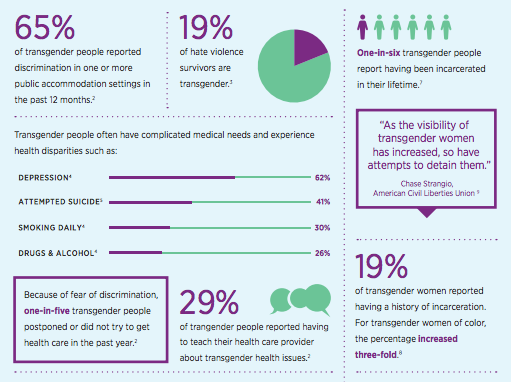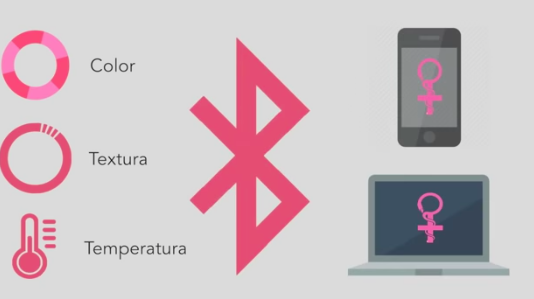When the 19th century doctor James Marion Sims first designed a device to get a clear look into the reproductive organs of his female patients, it’s safe to say he wasn’t keeping their comfort in mind. For Sims, often referred to as the “father of modern gynecology,” creating a device that allowed clearer sight into a patient’s vagina was a means to an end. It was the 1840s, and women were still dying of childbirth with alarming regularity. The study of germs was still in its infancy, and when Sims used his subjects to try to diagnose and treat vaginal conditions, he most likely wasn’t thinking too hard about comfort and well-being. He was thinking about science. To wit: He also experimented on a number of African American slaves to further his practice and refrained from using anesthesia on them even though it was widely available at the time. So putting the patient first – putting the human being first – in the early days of the speculum, was simply not a familiar concept.
Today, however, we have no excuse to keep using Sims’ outdated, cold, metallic speculum at the gynecologist’s office. So why is it still around? Why is still, after more than 150 years, not only the gold standard, but the only standard for OBGYN care?
Whatever the reason – and judging from the fact that female and trans reproductive health has never been a great priority in this country, we can pretty much guess – Sims’ instrument still reigns supreme in gynecologists’ offices across the country, leading many patients to avoid getting regularly checked for early signs of cervical cancer, ovarian cancer, and other trackable and treatable illnesses. The speculum’s design isn’t just inconvenient anymore: It’s straight-up dangerous.
Thankfully, a much-needed redesign is on the way. Frog Design, a company with branches all over the country, has started to come up with a way to change not only the speculum design, but the entire gynecological experience, using tools like gyno-visit stress kits and an app that guides even the most squeamish of patients through the whole process. The whole concept is called Yona care, and it’s on its way to introducing a new-and-improved way to think about OBGYN that will hopefully help people all over the world keep their regular pap smear appointments yearly, saving countless lives in the process. And the best part? Per the website, Yona markets itself not just to women or even female-bodied individuals, but to “people with vaginas,” taking into account the many transgender-identified patients who avoid the speculum simply out of embarrassment. Now that’s branding we can get behind. As of today, Yona is still in development, but Frog is hoping to see concrete results and a full redesign soon.




















